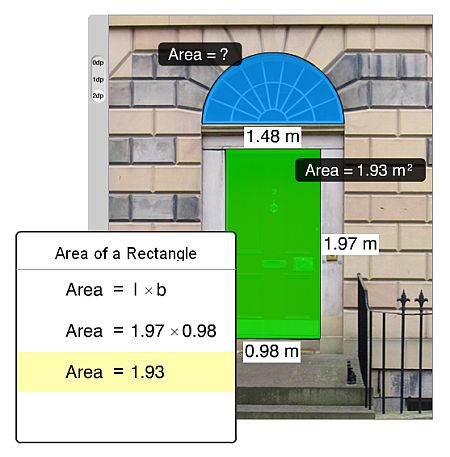Learning Intention: To understand why, in any triangle, the exterior angle is equal to the sum of the two interior angles not adjacent to it.
Success Criteria: To be able to calculate the missing angles in a triangle, given enough information.
- Exercise 7C (page 247 in Maths Quest8).
- Maths Warehouse: Worksheets for interior, exterior and remote angles in a triangle.
- GCSE Maths tutor – an interactive demonstration created with Geogebra






![Ben's_tessellation[1] Ben's_tessellation[1]](https://technomaths.edublogs.org/files/2010/11/Bens_tessellation1-281zqme.jpg)



